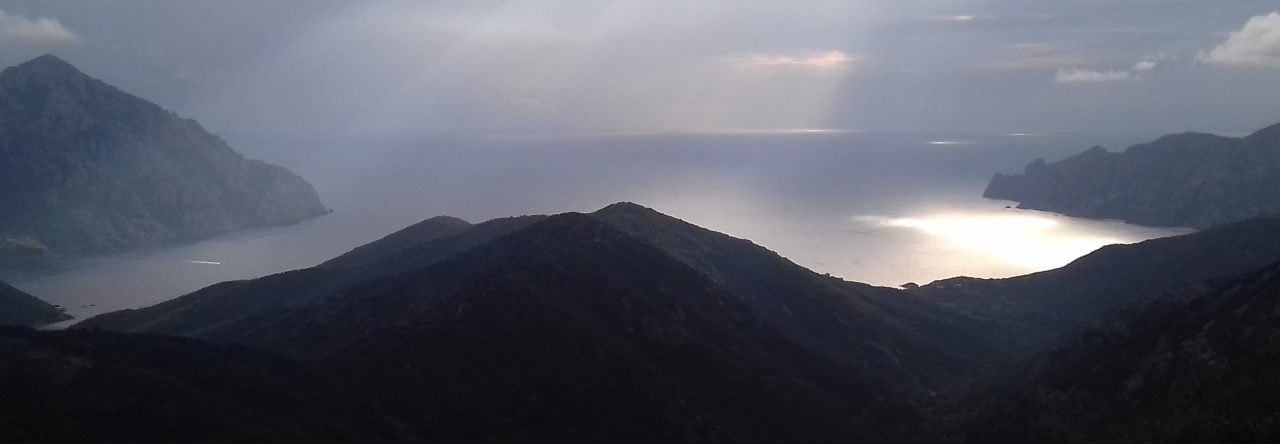We had been pre- warned, although it didn’t prepare us for what we found. A blog by moho owners had talked about their drive up the valley towards Plitvice National Park and seeing the bullet holes in the walls of houses, a relic from the battles between Croats and Serbs in the early 1990s.
We had seen the impact of large calibre machine gun bullets before – on the outside and inside of buildings in Berlin – a graphic reminder of the intensity and brutality of the street fighting in 1945. But Berlin was now a rejuvenated and rehabilitated city, it had moved on, buildings had been repaired and rebuilt, becoming the back drop for a buzzy, confident city. We had stayed in an apartment in the east of the city amidst very recognisable gentrification – a mixed blessing for many Berliners, but indicative of a rich city doing well for itself.
The village of Vrhovinsko was so very different. The majority of the houses looked as though they had been built in the 1970 /80s with a fewer older buildings and barns bearing witness to an earlier construction period. About half of the houses looked smart – painted rendered walls, robust steeply pitched roofs and set in well maintained colourful (even at this time of the year) gardens. Admittedly even these showed some signs of the events of the 1990s where rendered patches around window frames were just visible beneath the covering paint – but these had been repaired and renewed by seemingly prosperous people.
The other houses, scattered in between and in many cases immediately adjacent to these survivors were no longer houses, many were barely buildings. Bullet holes were clearly visible around the scorched edges of vacant empty windows through which could be seen blackened interiors and rooms open to the sky beneath charred beams and collapsing slates. Some houses had whole ends that had collapsed into twisted piles of wood, masonry and cement.
What had happened here?
Very close to the border with Bosnia (in 1990 this would have been the border between a newly declared independent Croatia and the remains of Yugoslavia) we know that the Serb dominated Yugoslav army invaded and assume that this was resisted by Croats trying to defend their homes. We also know that many such villages comprised a mixture of Serbs and Croats who, with their fears and grievances stoked by nationalist rhetoric, turned on each other and in many cases effected a brutal ethnic cleansing that resulted in large numbers becoming refugees.
What we can assume is that the people living in the prosperous looking houses are Croats – they won back their land and their Serb neighbours left it (at best). Were the wrecked buildings those of Croats destroyed by the advancing Serbs or (more likely) Serb homes destroyed by vengeful Croats in the subsequent reckoning? Whatever – the end result is ghastly; one part of the community dead or banished, the other living with the evidence of those truly terrible times from over 20 years ago right in front of their eyes – every time they look out of their windows, leave their house or sit in their beautiful gardens.

Leave a Reply